 Jason Odb Ballard
.
April 05, 2024
.
How to
Jason Odb Ballard
.
April 05, 2024
.
How to
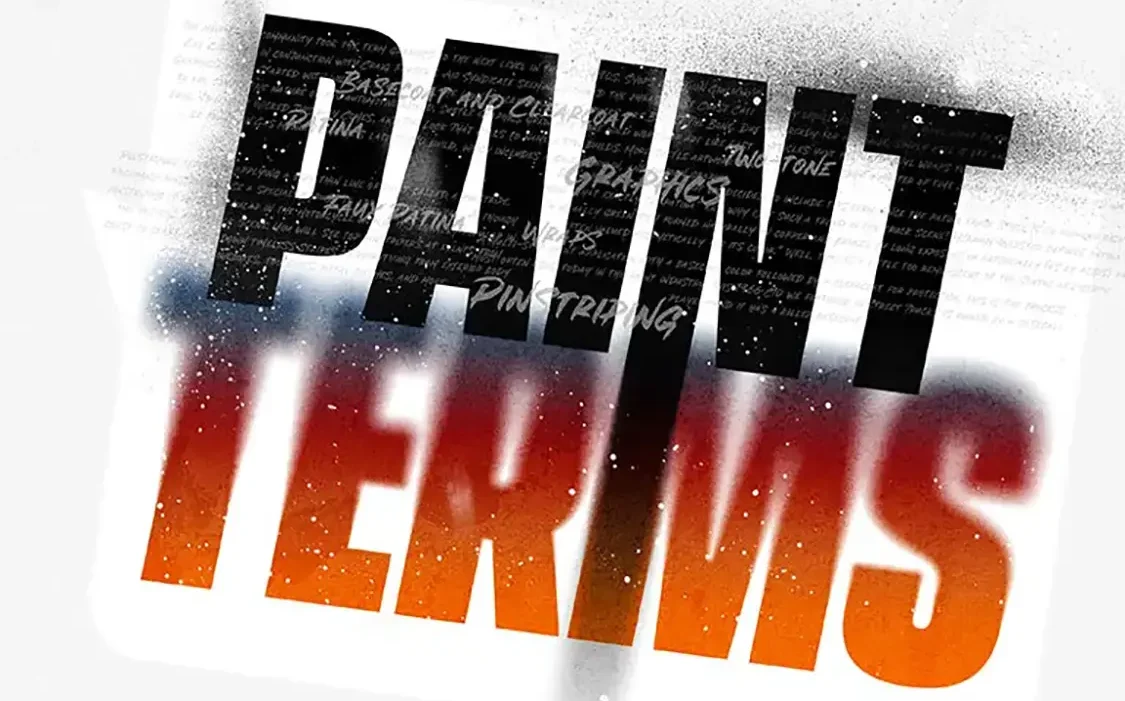
Professional painters use their own set of jargon to describe different types of automotive paintjobs. To help you understand what they’re talking about—and maybe even talk some shop with them—we broke down a few of the terms in easy-to-understand language, below.
A multi-step paint application with a basecoat color followed by a clearcoat for protection, this is the process most often used today in the paint industry. This 1966 C10 we featured in Street Trucks is owned by a baseball player—and it has a killer basecoat.
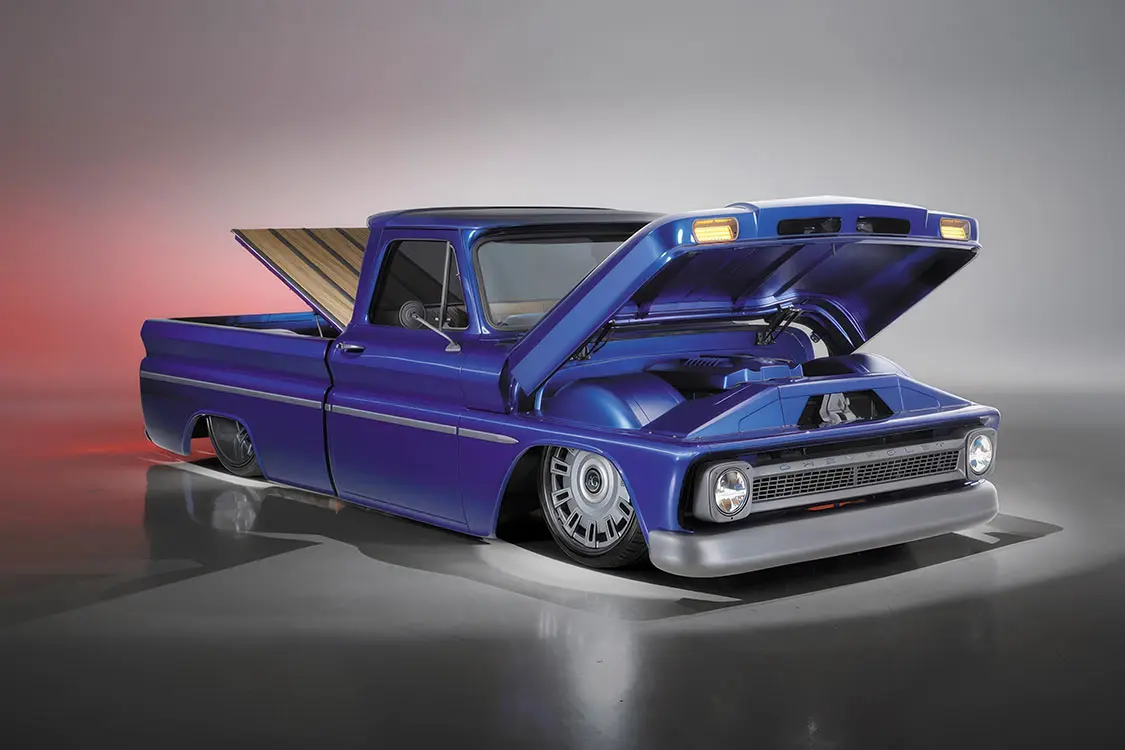
Since the early days of hot-rodding, enthusiasts have been adding custom touches to their rides. Graphics refer to the artwork a painter lays down in a pattern or freehand to body panels. Through the use of various paints, an artist can create traditional flames or something more wild via using an airbrush.
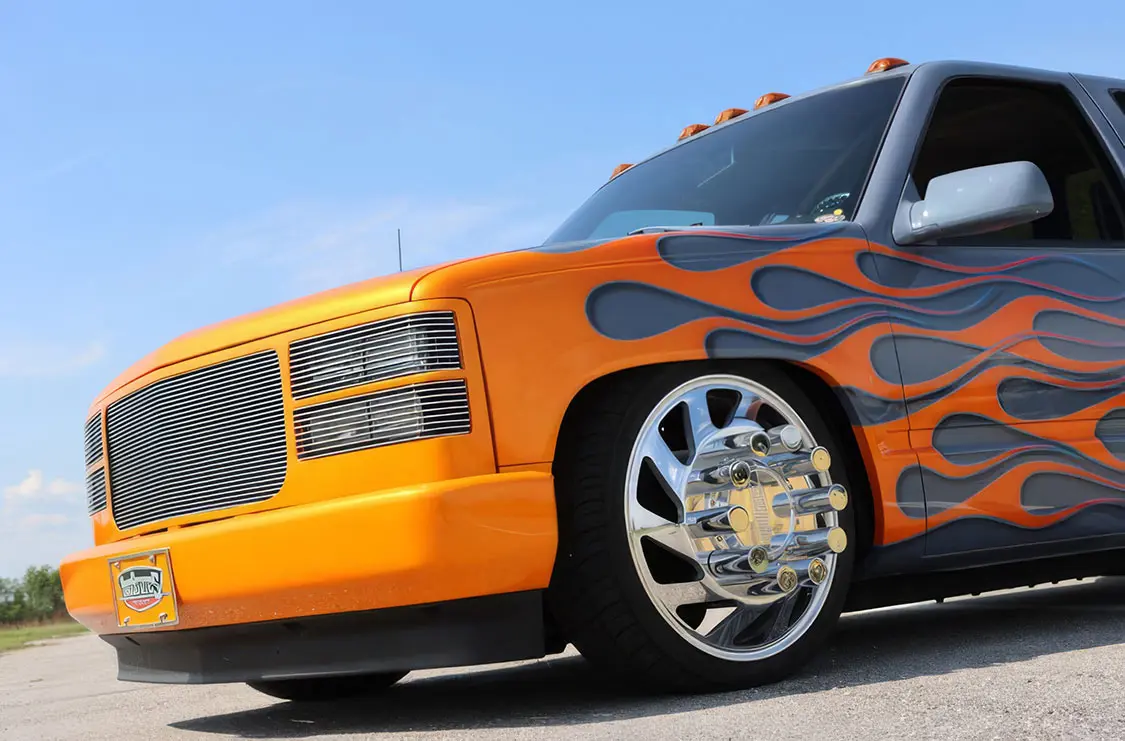
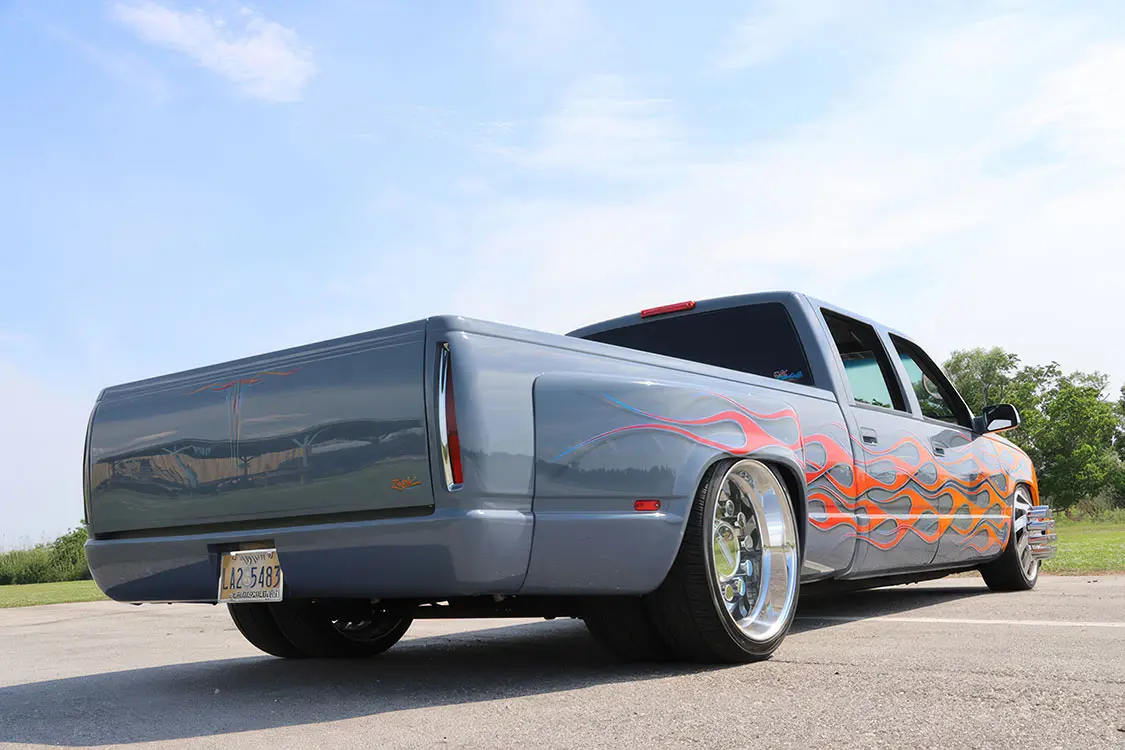
The mini-truck community took the term graphics to the next level in the mid 1990s. Shops like Dion Giuliano’s Kal Koncepts in conjunction with Craig Fraser’s Air Syndicate seemingly coined the phrase West Coast Cali Graphics, which started with wild air brushing on the lower rocker panels of trucks like Bad II The Bone. Due to the competitive nature of the automotive world, subtle graphics grew into more wild works of art like Last Look, Something Wicked This Way Comes, and The Look That Kills to name a few builds. More subtle artwork can be found on Gas Monkey Garage’s latest C10 build, which includes a green, brown, and maroon graphic.
The bottom line is that everyone seems to have a different style and taste when it comes to graphics—it’s all so very subjective. You can see classic hot-rod themed flames on Justin and Eli’s Family Hauler dually here.
Don’t hate us, painters, but we decided to include this term since the patina truck style is so popular right now. What exactly is “patina” and why is it such a trend in the truck scene? Merriam-Webster defines patina as “a usually green film formed naturally on copper and bronze by long exposure or artificially (as by acids) and often valued aesthetically for its color.” Well, that is a little too reminiscent of the Statue of Liberty.
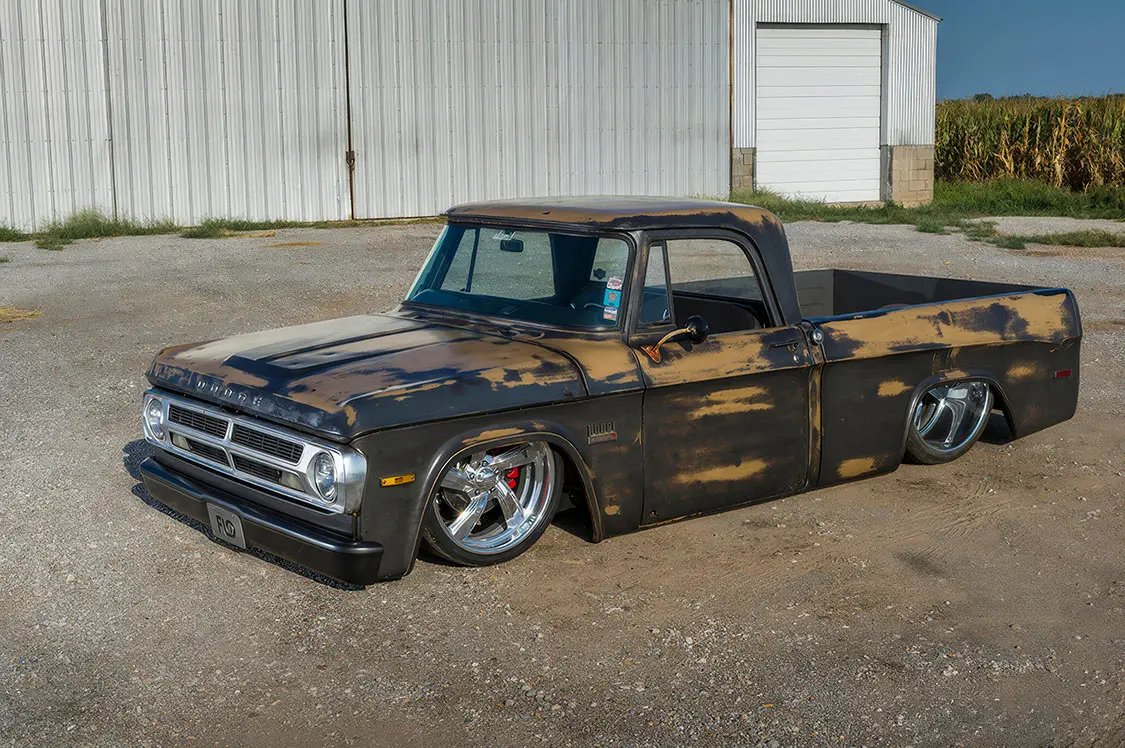
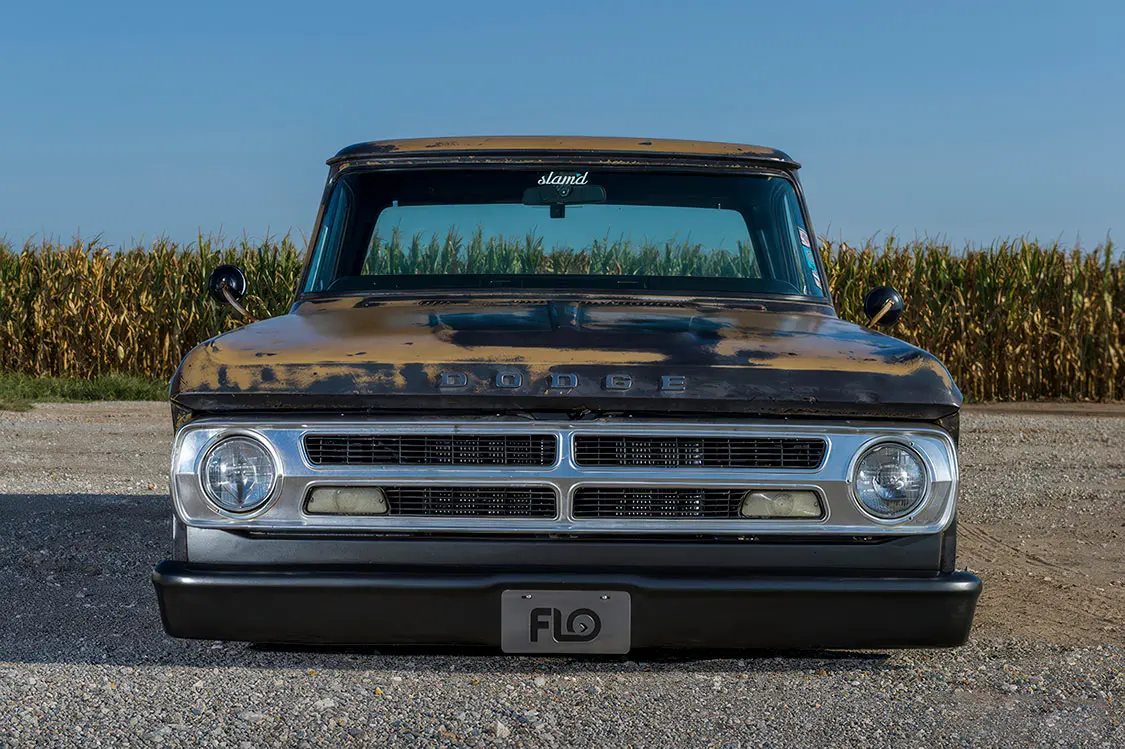
Merriam-Webster also defines patina as “an appearance or aura that is derived from association, habit, or established character.” We prefer this latter definition. Bottom line here is that a truck that has been sitting or baking in the sun for decades establishes its own character that isn’t technically paint but a lifestyle! Enthusiasts seemingly love patina due to the individual “character” it establishes for their ride. Just remember there is paint underneath that patina.
We can’t define patina without also defining “faux patina,” so we’ll keep it simple. This is artificial aging that gives the metal surface a weathered look for that “rusty” character mentioned above. This is actually not only a trend in the truck community but something we see among wristwatch and sneaker designers, too. Who would have ever thought!? Although this is beloved by many and hated by some, we can’t help but think how the TV/movie industry has been using this type of process for decades. When you think of set dressings and how a TV/movie production creates a set to film, they often have to age things using paint to establish a desired appearance. This is no different than an auto enthusiast taking weathering into their own hands!
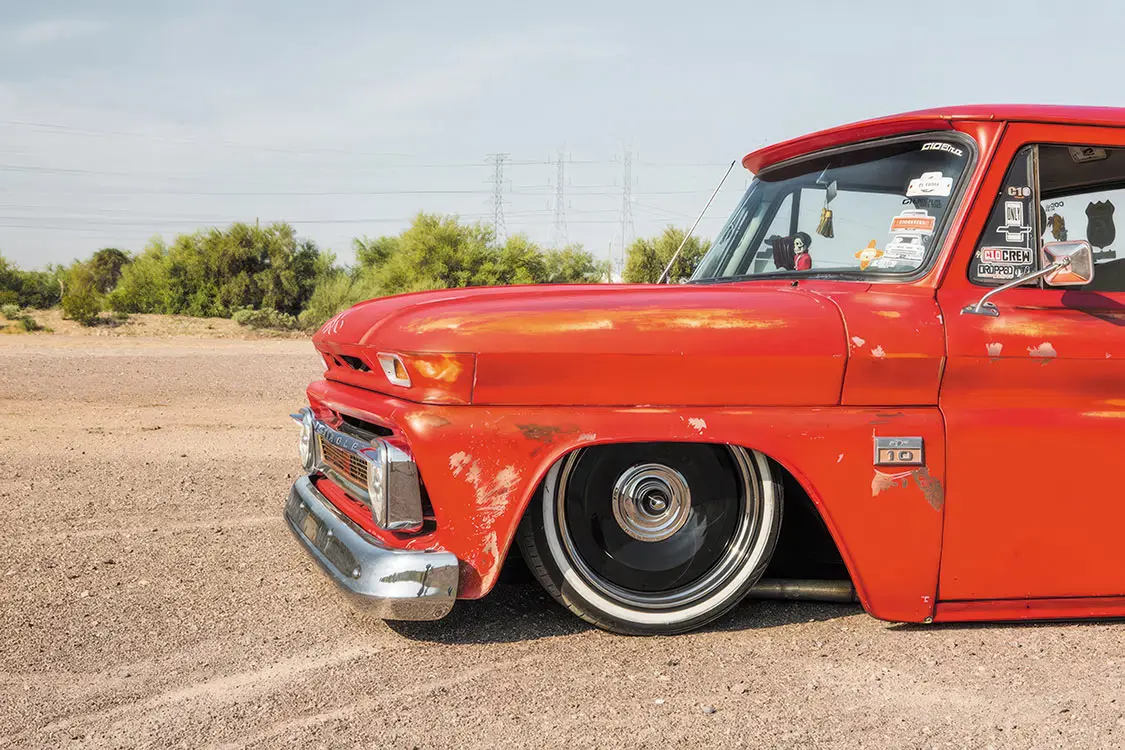
Pinstriping refers to applying a very thin line of paint called a pinstripe. Freehand pinstripers use a specialty brush to apply their artwork. Although pinstriping is wildly popular in the motorcycle world, it’s equally popular in the hot-rod and truck scene. You will see top pinstripers at events from coast to coast laying down timeless stripes on everything from exterior body panels, gloveboxes, toolboxes, metal dashes, and more.
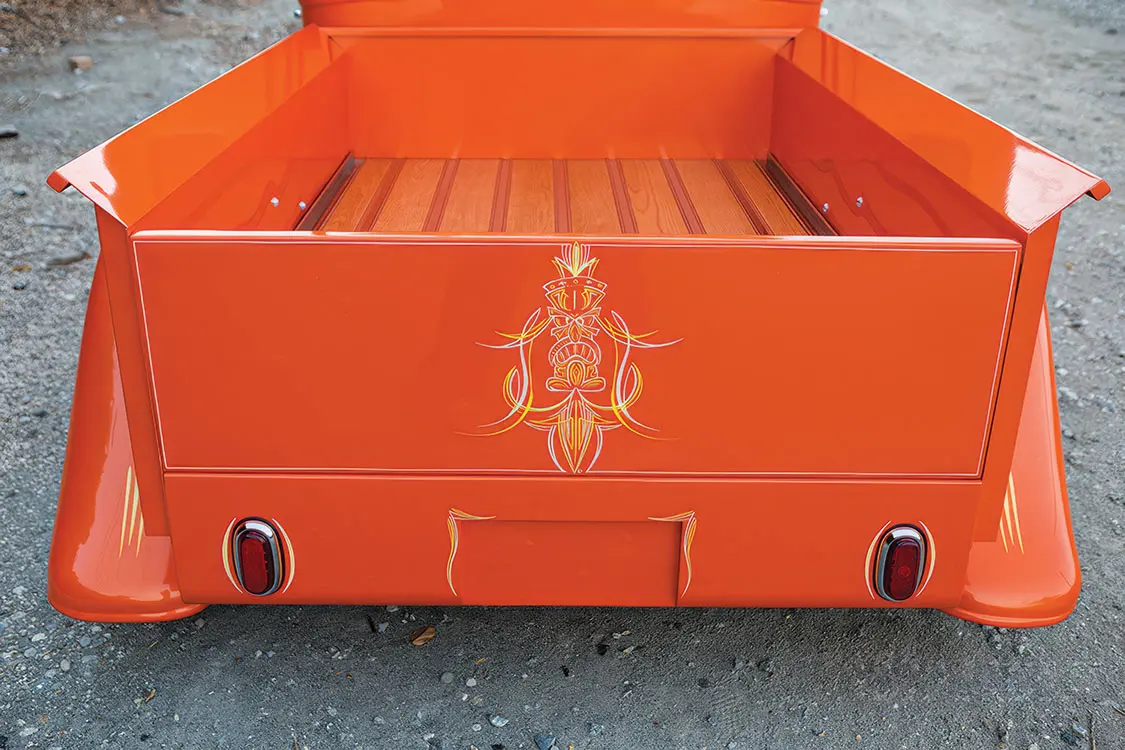
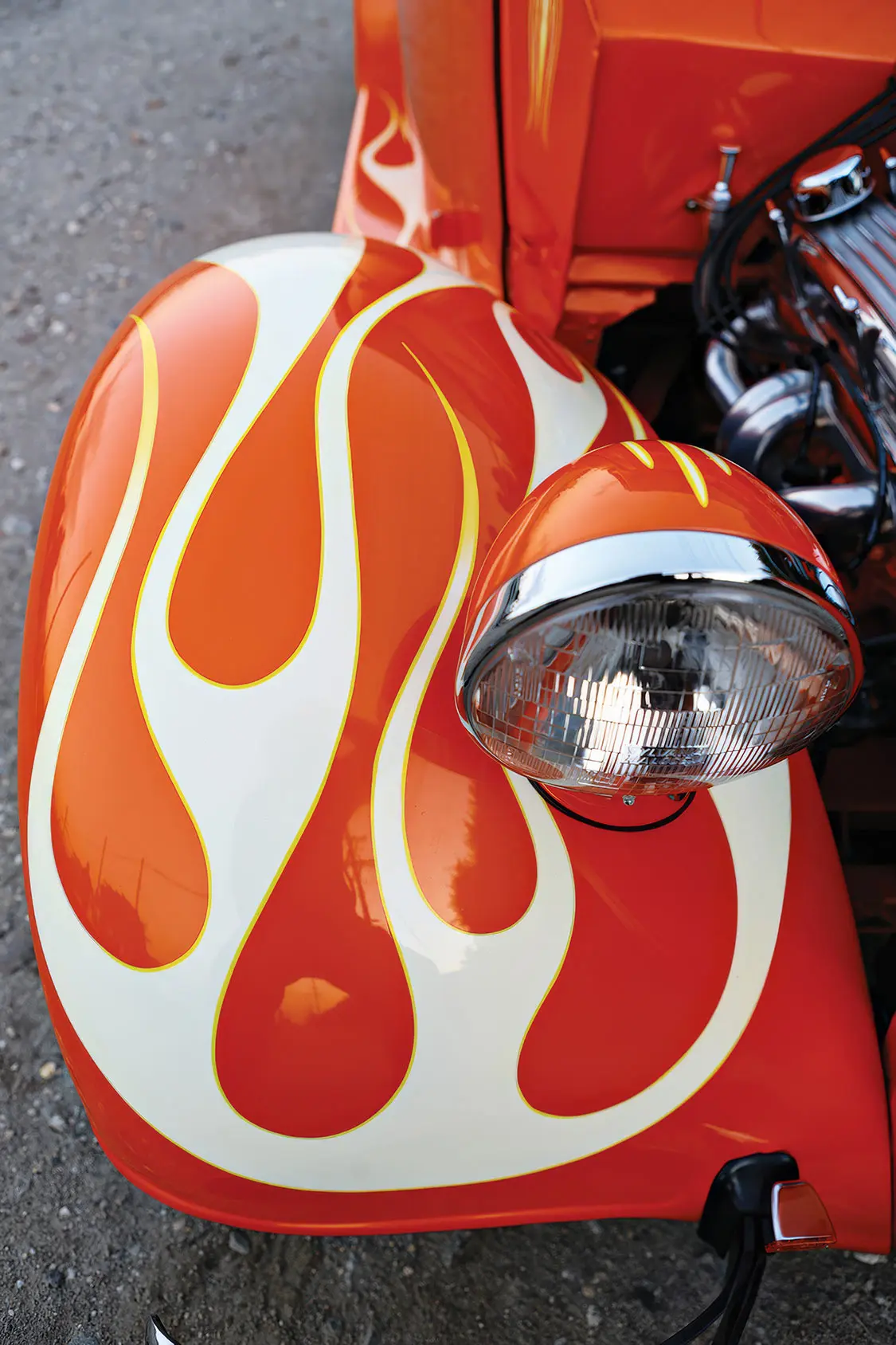
Speaking of pinstriping, we wanted to mention Tom McWeeney and his untimely passing in 2023. Tom was an amazing pinstriper who was passionate about his craft and won many awards for various trucks he painted during his career. Read more about Tom and his life in this issue on page 18.
Two-tone paint simply refers to having two colors of paint on your truck. Generally speaking, the two different colors are broken up with a molding or body line. These paintjobs became popular in the automotive world in the 1950s and 1960s, and GM really ramped up its offerings of two-tone paintjobs well into the 1970s. Depending on the body style of a truck, a two-tone paintjob can really set it off versus having a standard single color. Don’t believe us? What would Silverfox look like in a single color vs. two-tone? That is something we simply cannot envision.
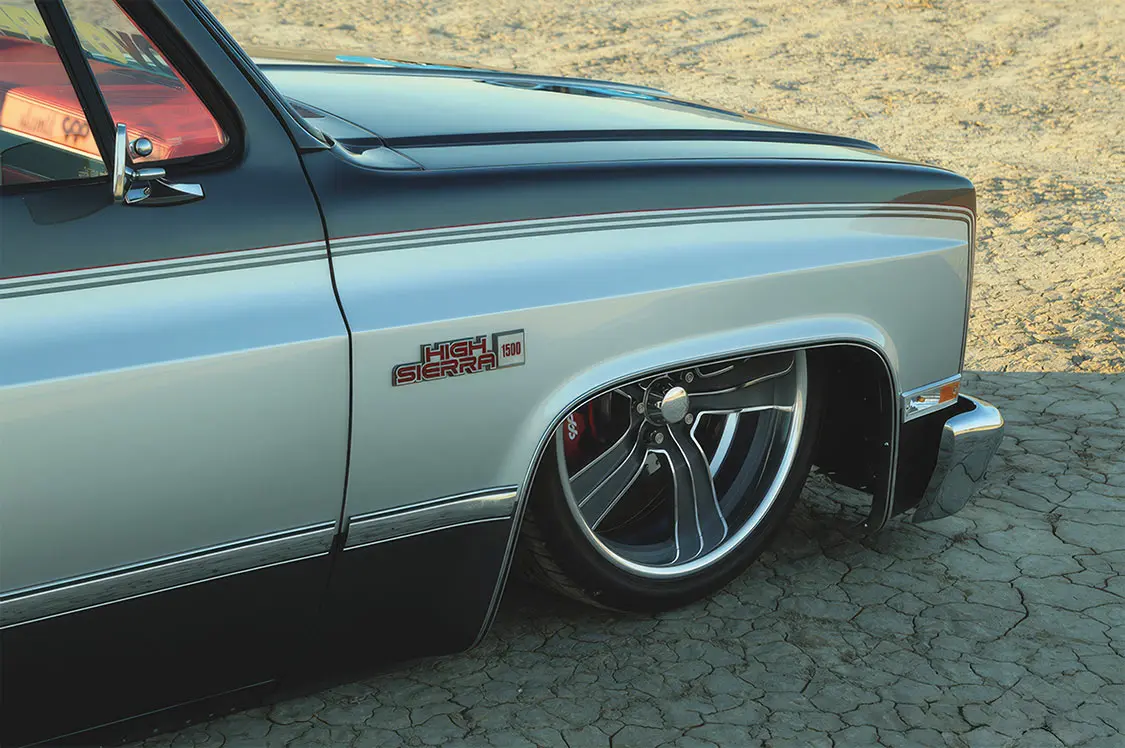
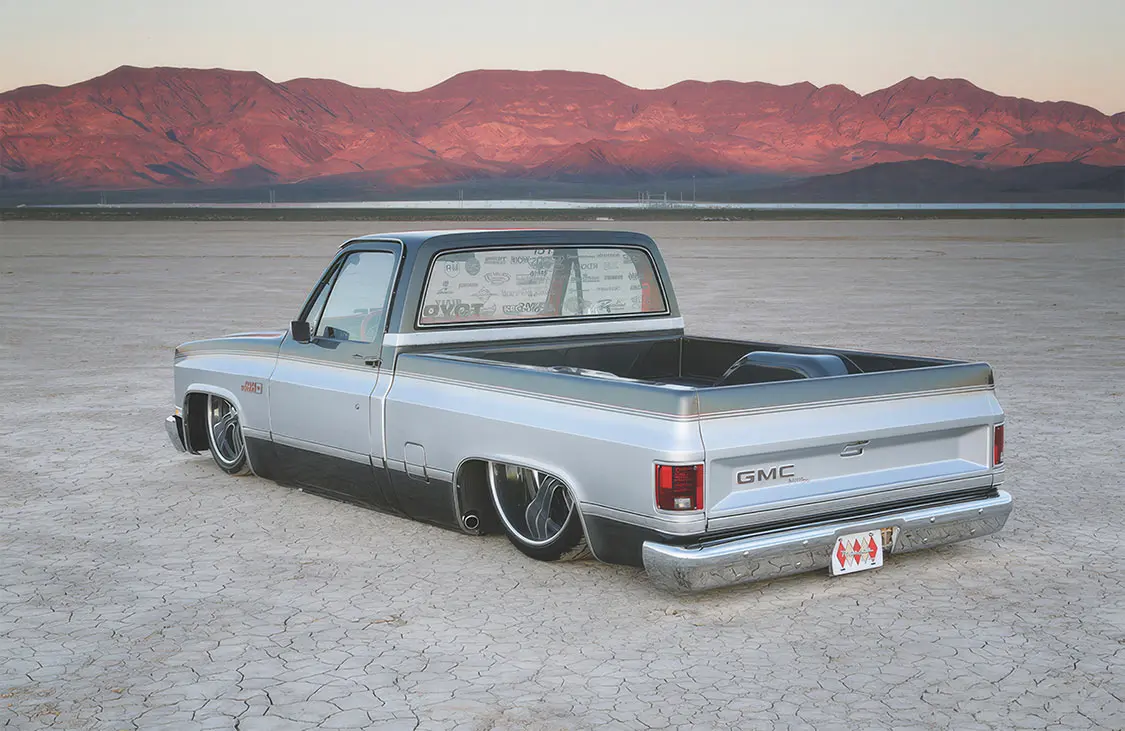
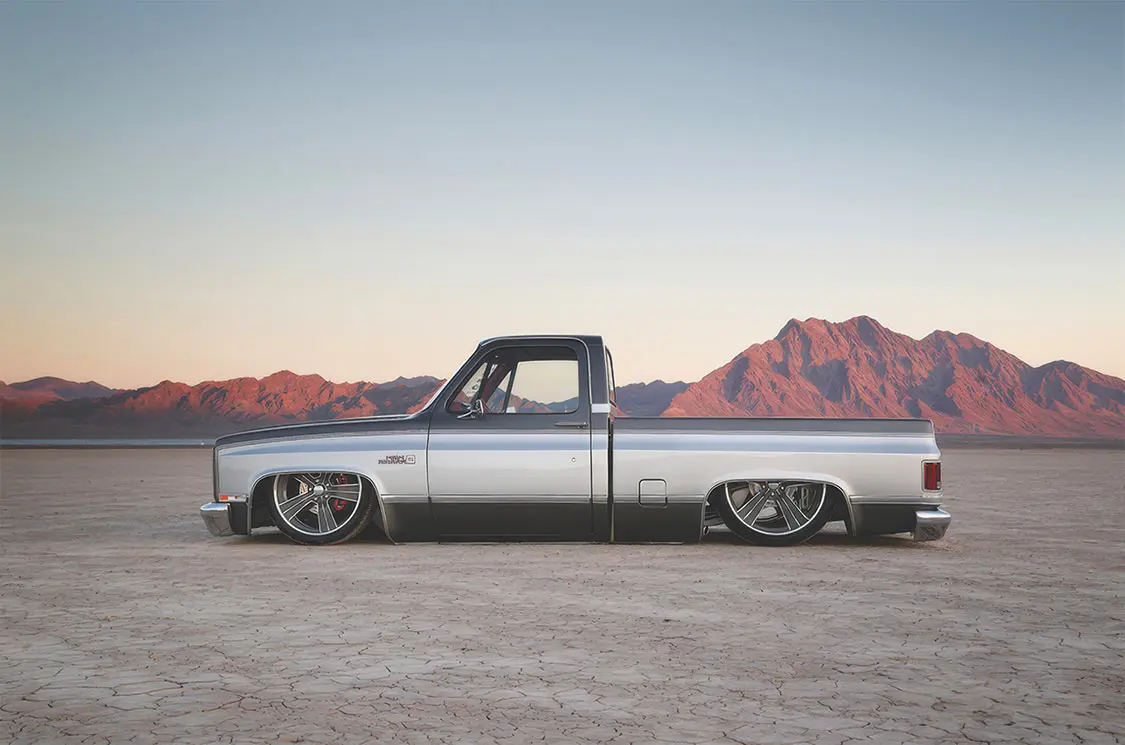
OK, if we didn’t lose you with patina, just stick with us as we wrap up this article (see what we did there). A vinyl wrap may not be the style most of our readers choose, but it is still a popular option these days. A wrap allows an owner to wrap the body panels of their vehicle with vinyl. The vinyl has a paint color or pattern applied to it, which allows the appearance of the vehicle to be easily changed.
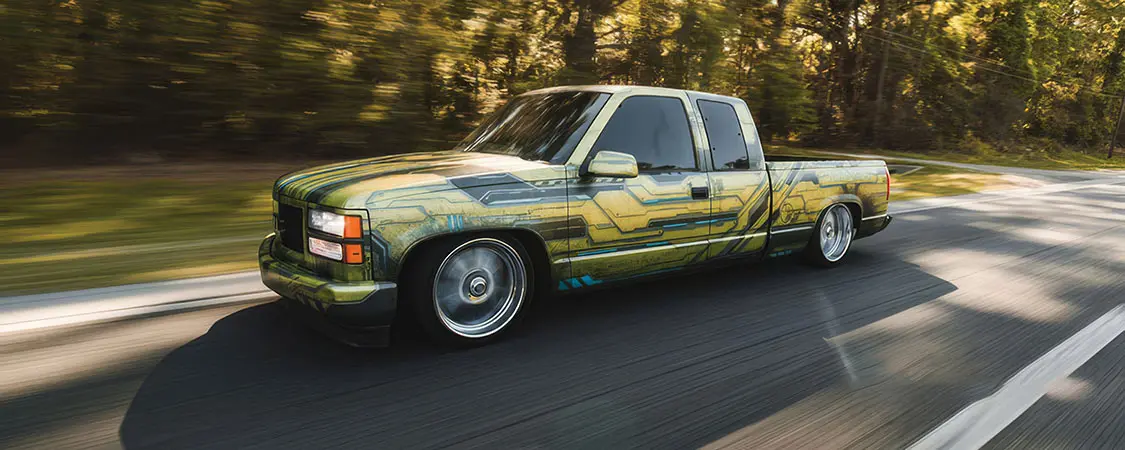
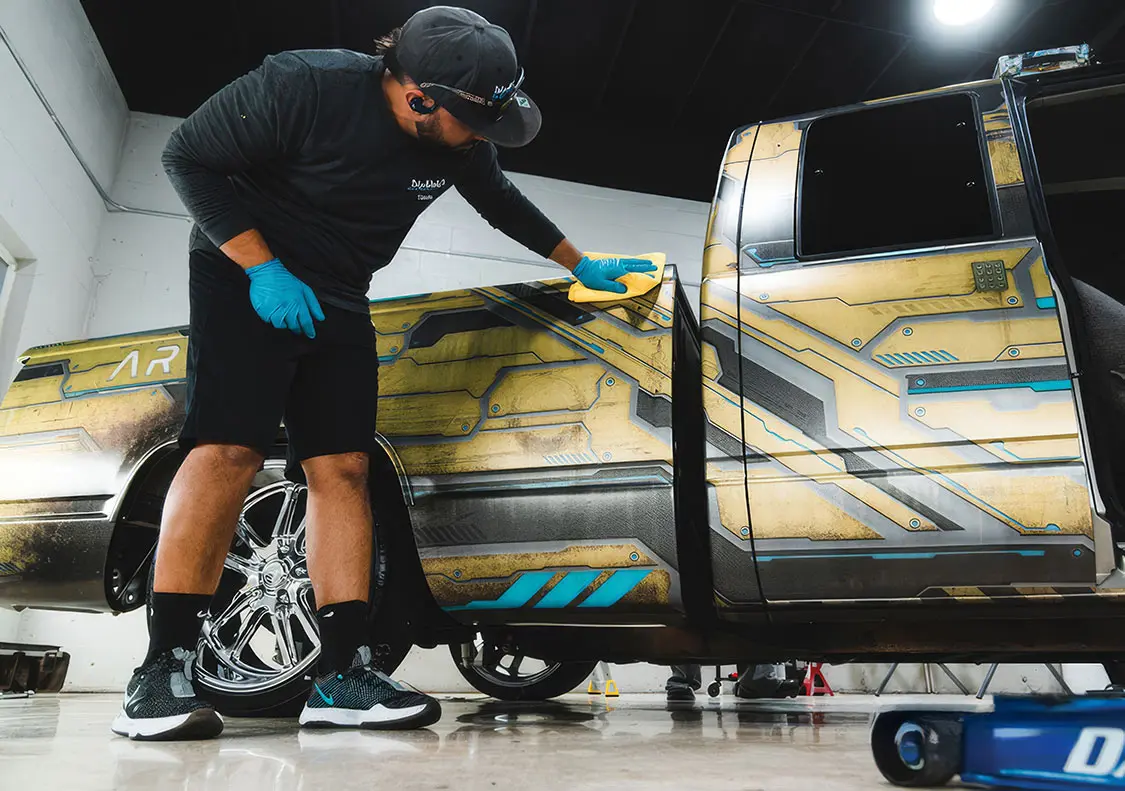
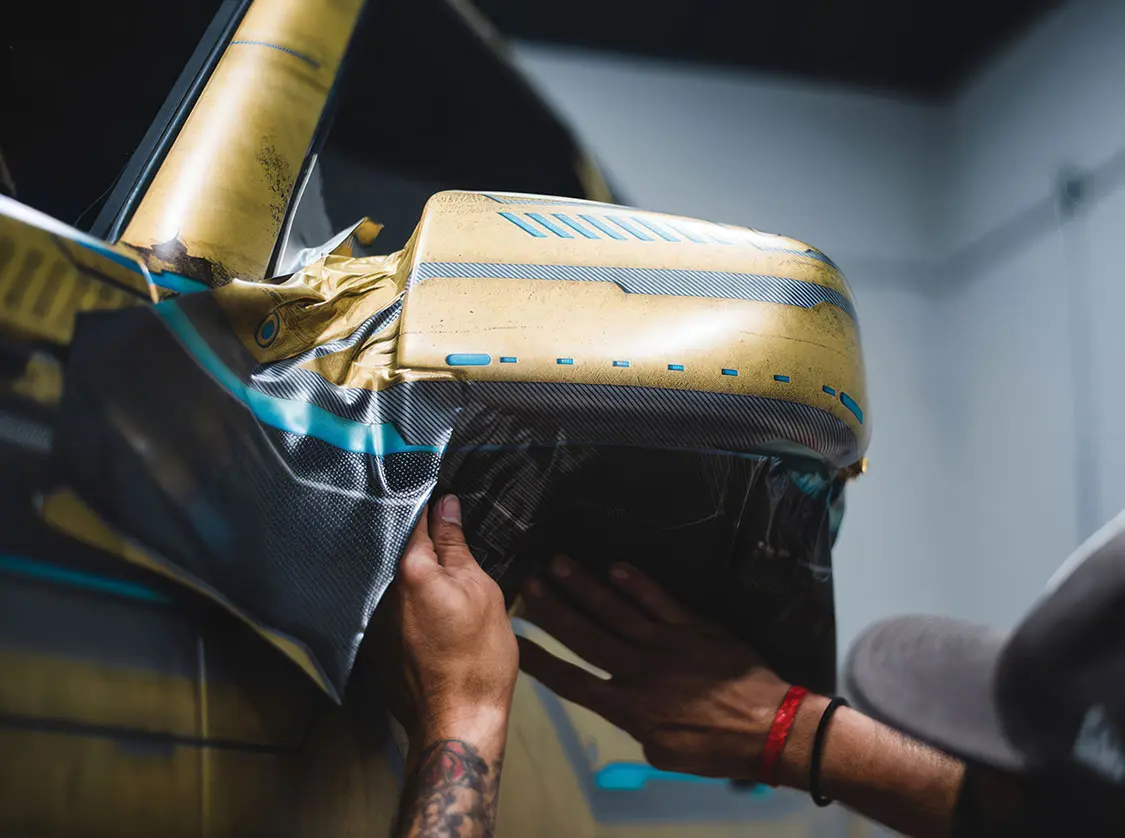
Why would anyone apply a vinyl wrap to their ride? Well, it protects the paint under the wrap, and once you are ready for a change, simply peel it off and decide if another wrap or paint is in your vehicle’s future. Service vehicles have featured vinyl wraps for decades to apply various graphics and/or branding to the fleet. It was only a matter of time before this process made its way to the custom truck world.
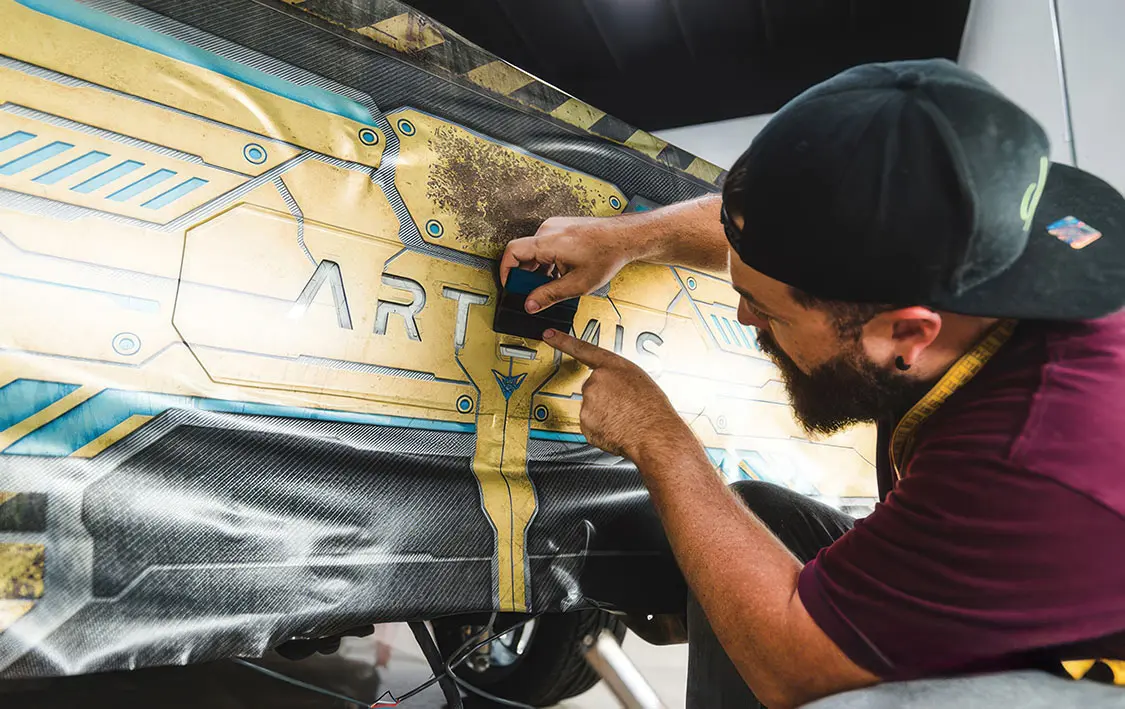
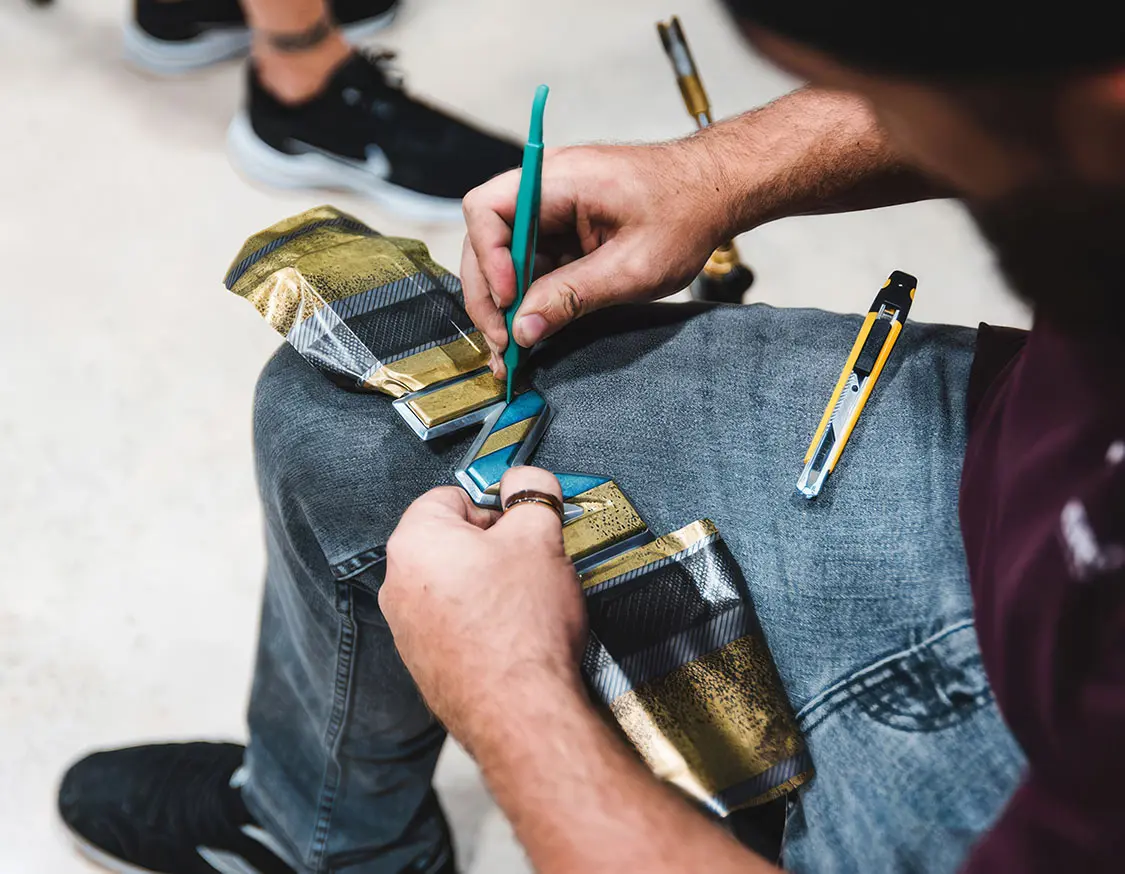
Want to learn more about this process? Check out Why Wraps? | A New Suit For Project Artemis, which took the process to the next level by incorporating LED panels underneath the wrap.
Share Link